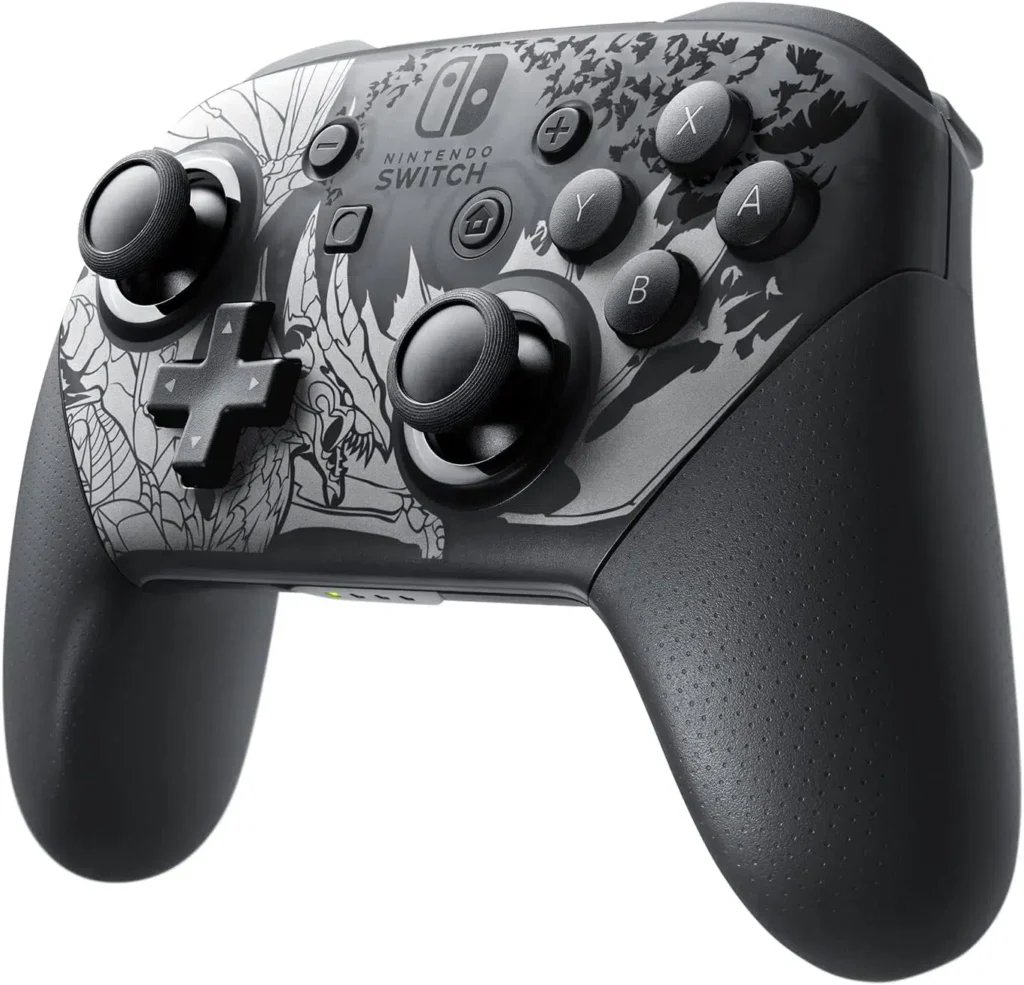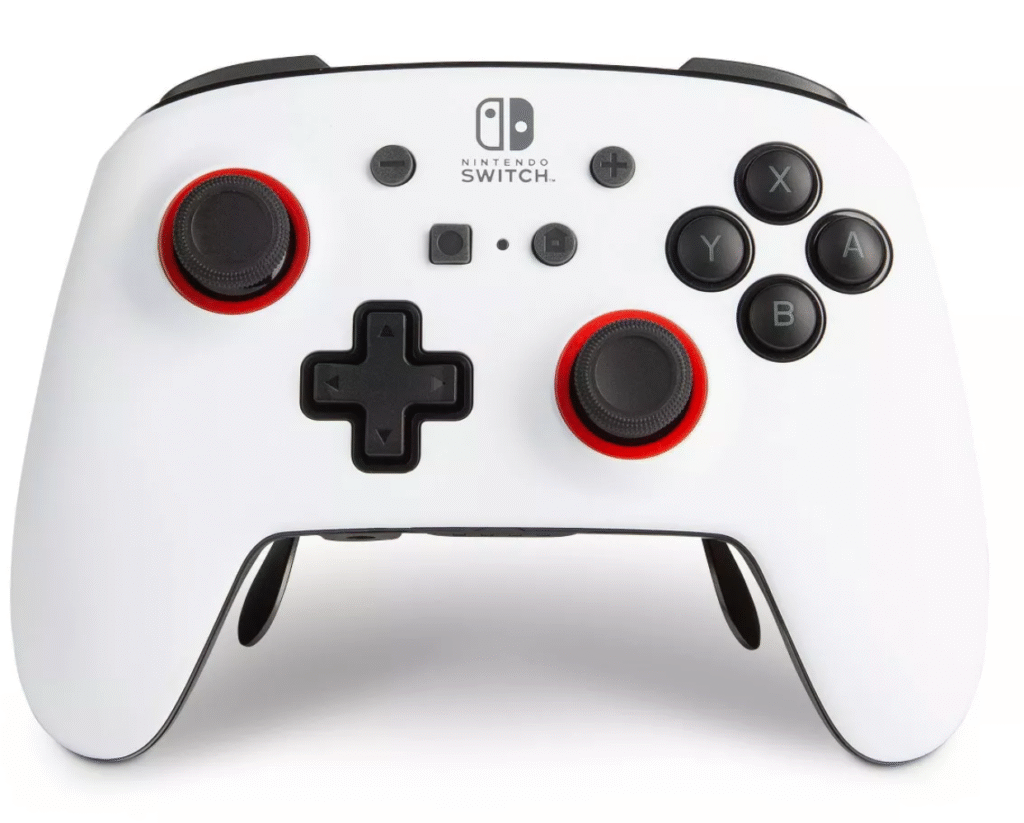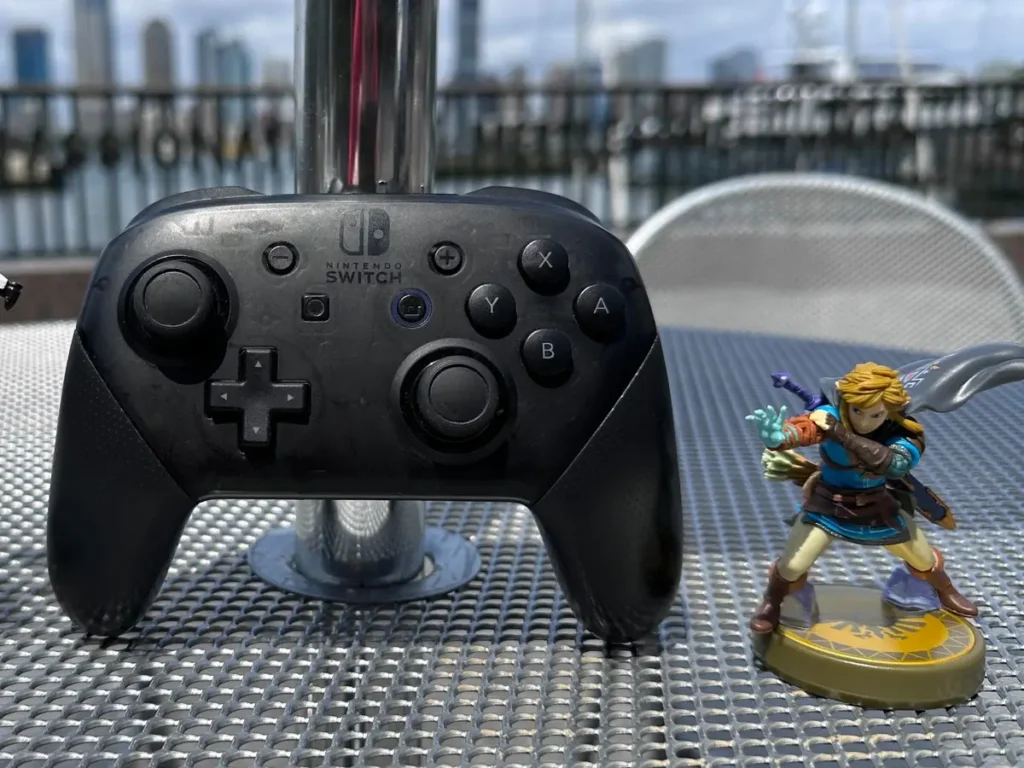
It’s been about three months since the Nintendo Switch 2 launched, and if you’re like me, you’ve probably already sunk dozens of hours into some of the best new games out there — like Mario Kart World and Donkey Kong Bananza. Alongside these games, the new Joy-Con 2 controllers have been my primary way to play, and honestly, I’m pretty happy with what Nintendo delivered this time around.
But are the Joy-Con 2 really the best controllers you can get for the Switch 2? Let’s take a closer look at how they perform, what alternatives are out there, and why having options matters more than ever.
Getting to Know the Joy-Con 2: My Experience So Far
The Joy-Con 2 builds on the legacy of the original Joy-Cons, with a few thoughtful tweaks and improvements. Over the past few months, they’ve been my go-to for racing around Mario Kart World tracks and swinging through the jungle in Donkey Kong Bananza. The compact design still feels great in my hands, and the response time is solid—no noticeable lag or frustration during intense moments.
One thing I’m especially curious about is how developers will continue to leverage the Switch 2’s new mouse mode feature. This mode promises to bring fresh gameplay experiences across the system’s lifespan, potentially making the Joy-Con 2 more versatile than ever.
The Joy-Con 2 and the Switch 2 Grip: Convenience Meets Comfort
If you mostly play in Docked mode, the Joy-Con 2 slide easily into the upgraded Grip that comes with the Switch 2. This setup is simple and convenient, turning two controllers into a unified gamepad that feels pretty natural for most games.
The Grip itself is improved over the original, offering a better hold and sturdier feel. That said, it’s still a bit on the small side if you prefer a more traditional or larger gamepad. For longer gaming sessions, some players might find it less comfortable than they’d like.

Looking Beyond Joy-Con 2: Other Controllers for a More Classic Experience
Players who want something a bit bigger or more ergonomic, there are plenty of third-party controllers and official alternatives that offer a traditional gamepad experience. These often feature larger grips, physical buttons with more travel, and a layout closer to what you’d find on other consoles.
If you’re someone who plays for hours at a time, these options can be a game-changer. They help reduce hand fatigue and improve comfort, which can really enhance your overall enjoyment, especially in games that demand lots of precise input.
Why Having Controller Options Matters: The Joy-Con Drift Problem
Anyone who owned the original Nintendo Switch probably remembers the notorious Joy-Con drift issue—the frustrating problem where the joystick would start to register movement even when untouched. Unfortunately, it affected a lot of players, and I was one of them.
Because of that experience, I appreciate having more than one controller option now. It’s like insurance—if one controller starts acting up, you can swap it out without missing a beat. The Joy-Con 2 seem to have improved on this front, but time will tell how well they hold up in everyday use.
Finding the Right Controller for Your Switch 2 Setup
So, are the Joy-Con 2 the best Nintendo Switch 2 controllers? For many people, yes. They’re comfortable, responsive, and come bundled with the system, making them the obvious choice for casual and on-the-go play. Plus, the added features like mouse mode open up new possibilities for developers to explore.
If you spend a lot of time gaming in Docked mode or just want a more classic controller feel, you might want to check out some of the larger gamepads on the market. The improved Grip included with the Switch 2 is decent, but it doesn’t replace the comfort and familiarity of a full-sized controller.

And don’t forget the value of having backup controllers—especially if you’ve dealt with Joy-Con drift before. It’s always better to be prepared, so you can keep playing without interruptions.